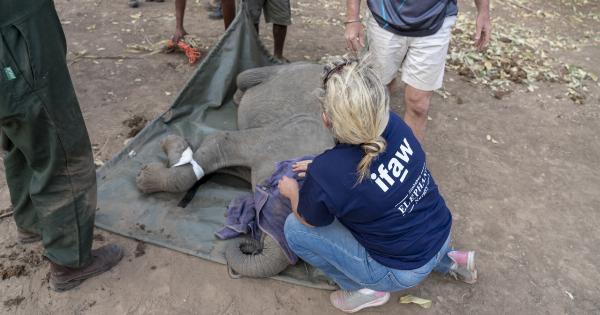Dengue fever, a mosquito-borne viral disease, has caused an alarming number of deaths in Yemen. According to the World Health Organization (WHO), dozens of people have succumbed to the disease, with thousands more infected.
What is Dengue Fever?
Dengue fever is a viral disease that is spread by infected female Aedes aegypti mosquitoes. It is prevalent in tropical and subtropical regions, including Yemen. Symptoms of dengue fever include high fever, headache, joint pain, and nausea.
In severe cases, the disease can cause hemorrhagic fever and shock, leading to death.
Current Situation in Yemen
Yemen is currently dealing with one of the world’s worst humanitarian crises, with the healthcare system already overwhelmed by the country’s ongoing civil war.
The dengue fever outbreak has further strained the healthcare system, with medical supplies and personnel in short supply. According to the WHO, the incidence rate of dengue fever in Yemen has reached an unprecedented level, with nearly 4000 cases diagnosed each week, and over 197,000 suspected cases reported since the outbreak began.
Factors Contributing to the Outbreak
Several factors have contributed to the spread of dengue fever in Yemen. One is the high population density and poor sanitation in densely populated areas, which provide perfect breeding grounds for mosquitoes.
The ongoing civil war has also contributed to the spread of the disease, with many people forced to flee their homes and living in unsanitary conditions.
Preventing Dengue Fever
Preventing dengue fever requires a concerted effort from individuals, communities, and the government. The WHO recommends the following measures to prevent the spread of dengue fever:.
- Removing stagnant water where mosquitoes breed.
- Wearing long-sleeved shirts and pants to protect against mosquito bites.
- Using mosquito repellent containing DEET.
- Using mosquito nets while sleeping.
Response Strategies
To combat the dengue fever outbreak, the Yemeni government, with the support of international organizations such as the WHO and UNICEF, has launched an emergency response plan.
The response plan includes measures such as providing medical supplies, training healthcare workers, and spraying insecticides to control the mosquito population. However, resources are limited, and the scale of the outbreak is immense, requiring additional support from the international community.
Impact on the Population
The dengue fever outbreak in Yemen has had a severe impact on the population, exacerbating the already dire humanitarian situation.
The disease has disproportionately affected the most vulnerable segments of society, including children and pregnant women. The lack of adequate healthcare facilities and supplies in many parts of the country has resulted in preventable deaths and further suffering for the population.
Conclusion
The dengue fever outbreak in Yemen is a tragic reminder of the devastating impact of infectious diseases on vulnerable populations.
The government, international organizations, and individuals must work together to prevent the spread of the disease and provide much-needed medical assistance to those affected.






























